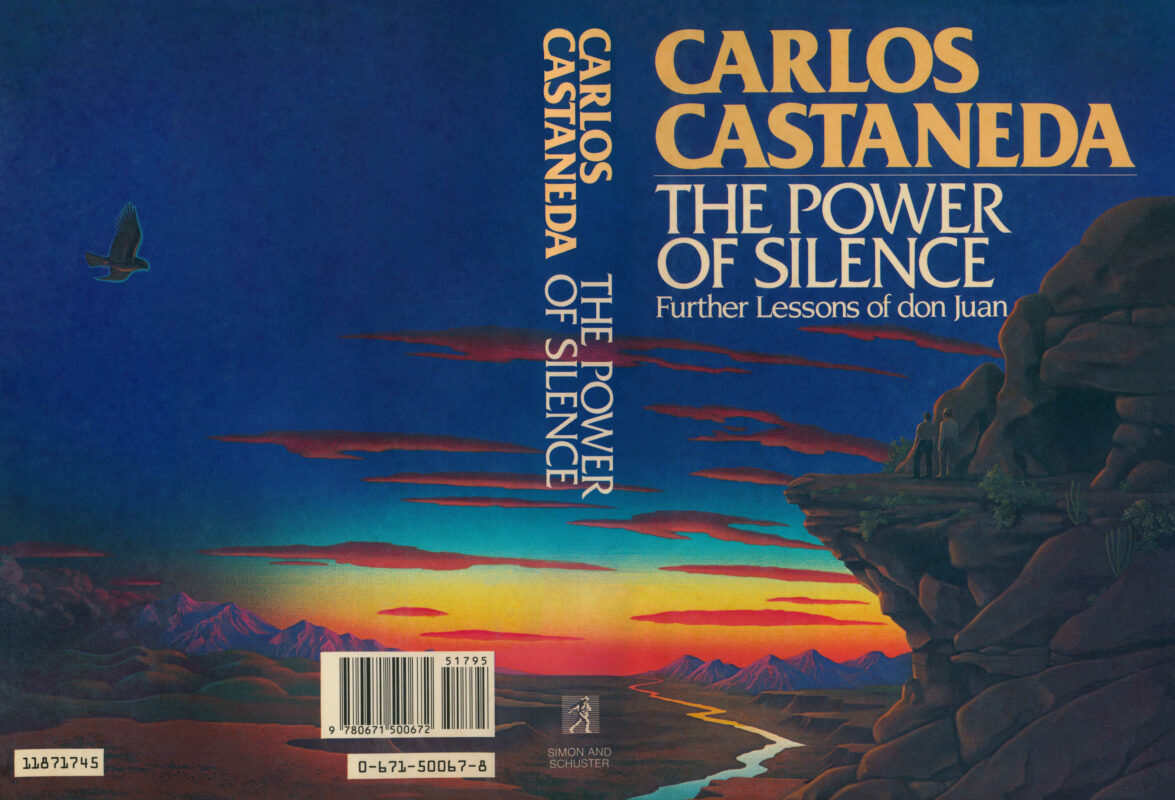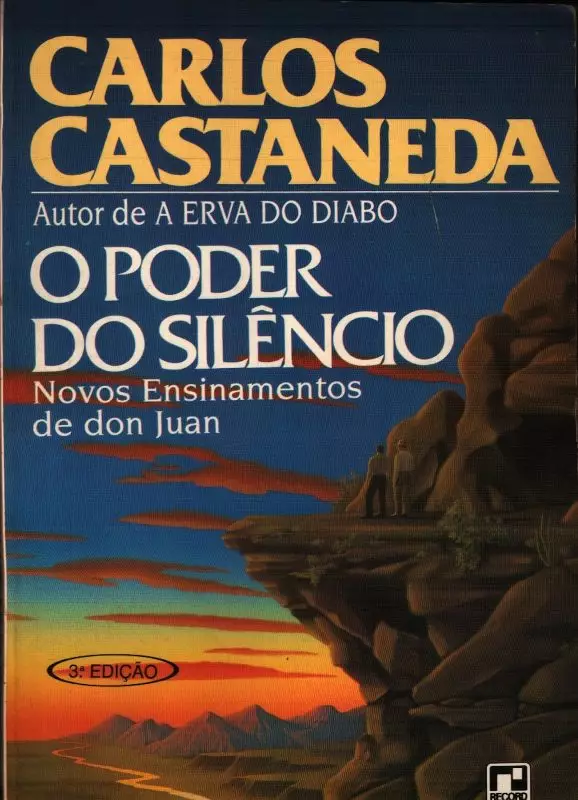The Descent of the Spirit – The Place of No Pity
In this chapter, Don Juan orchestrates a dramatic scenario to teach Castaneda about ruthlessness and the “place of no pity.” By feigning a debilitating stroke, Don Juan forces the narrator into extreme discomfort and self-pity, pushing his assemblage point—a key concept in Castaneda’s work representing the focal point of perception—away from its usual position of self-reflection. This intense experience reveals to the narrator a dualism within himself: an old, indifferent part and a new, anxious part. Don Juan explains that this shift allows access to silent knowledge and frees one from self-importance, which is revealed as disguised self-pity. The lesson culminates in Don Juan’s swift recovery, exposing the entire event as a deliberate act to initiate the narrator into a deeper understanding of sorcery and a state of being characterized by detachment and sobriety.
The Descent of the Spirit – The Place of No Pity Read More »

